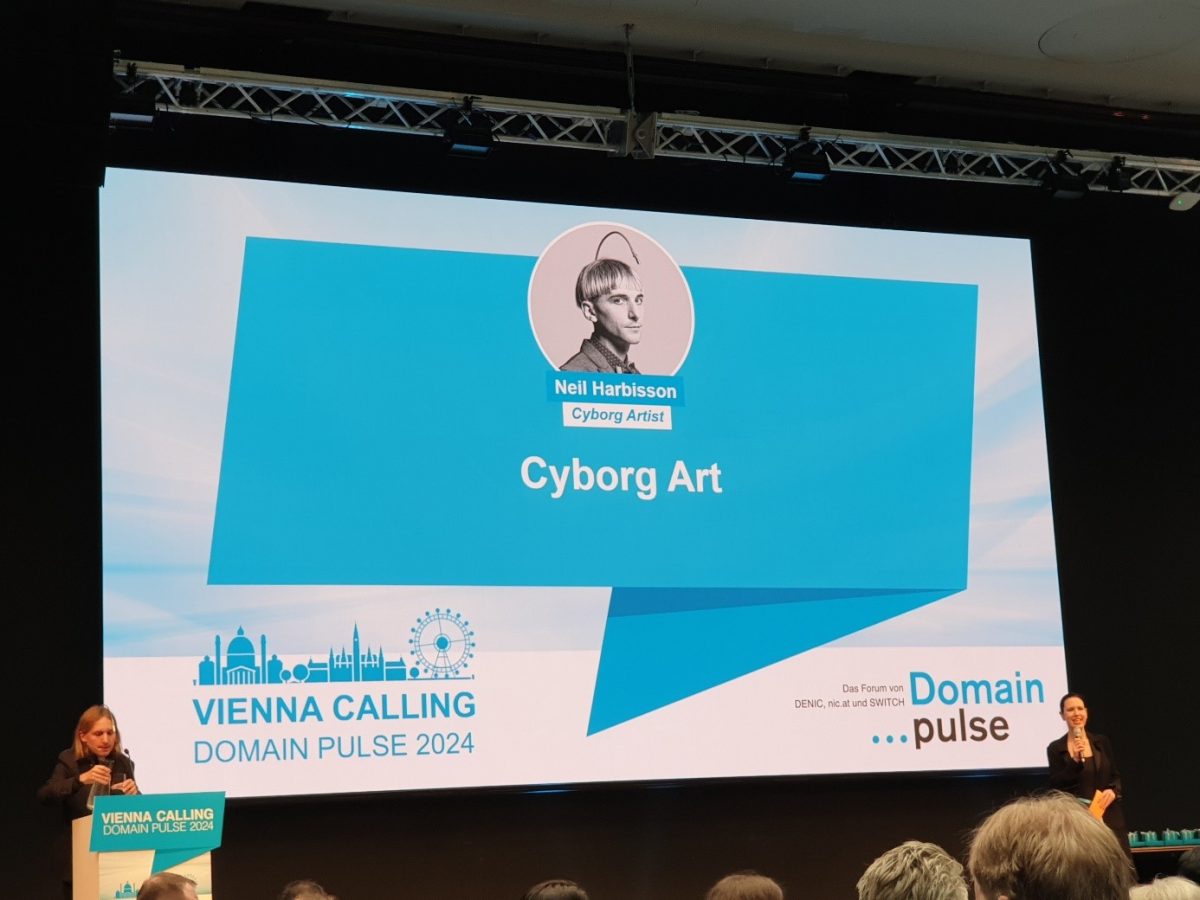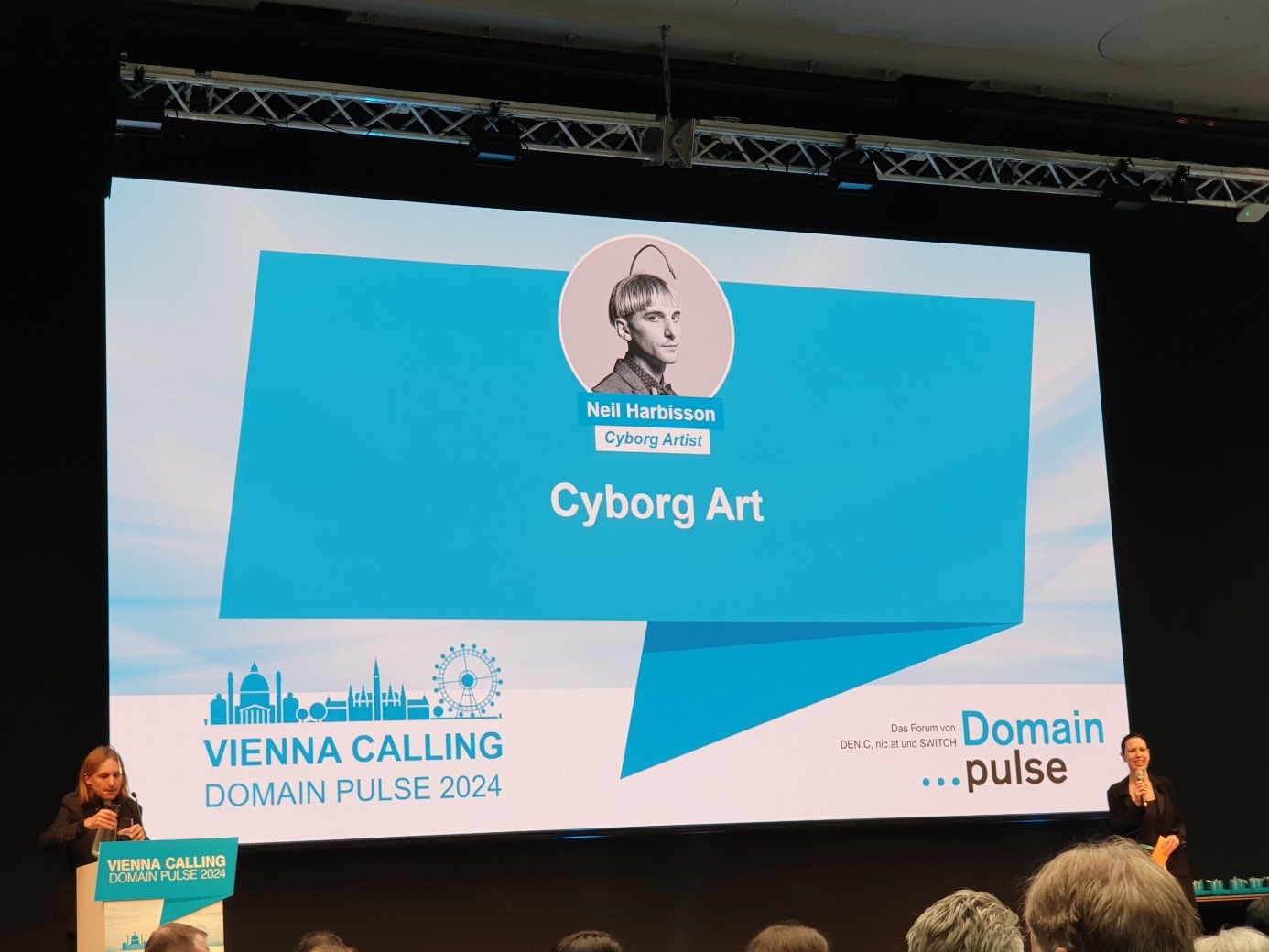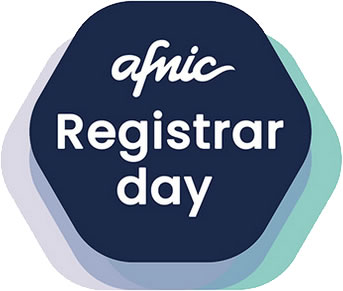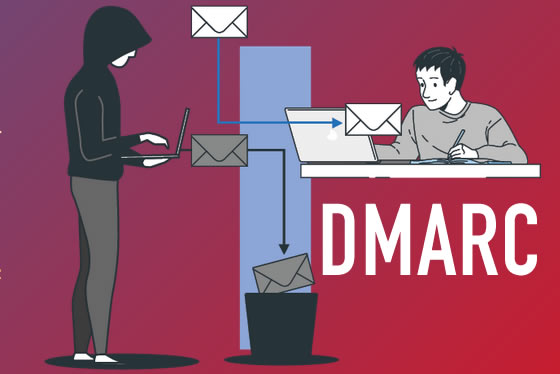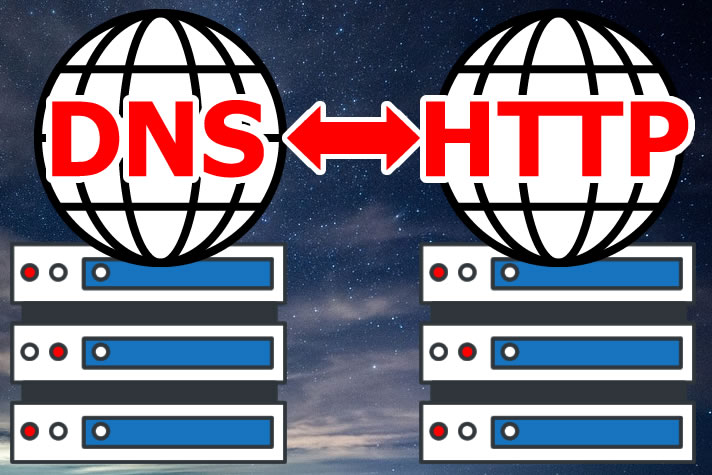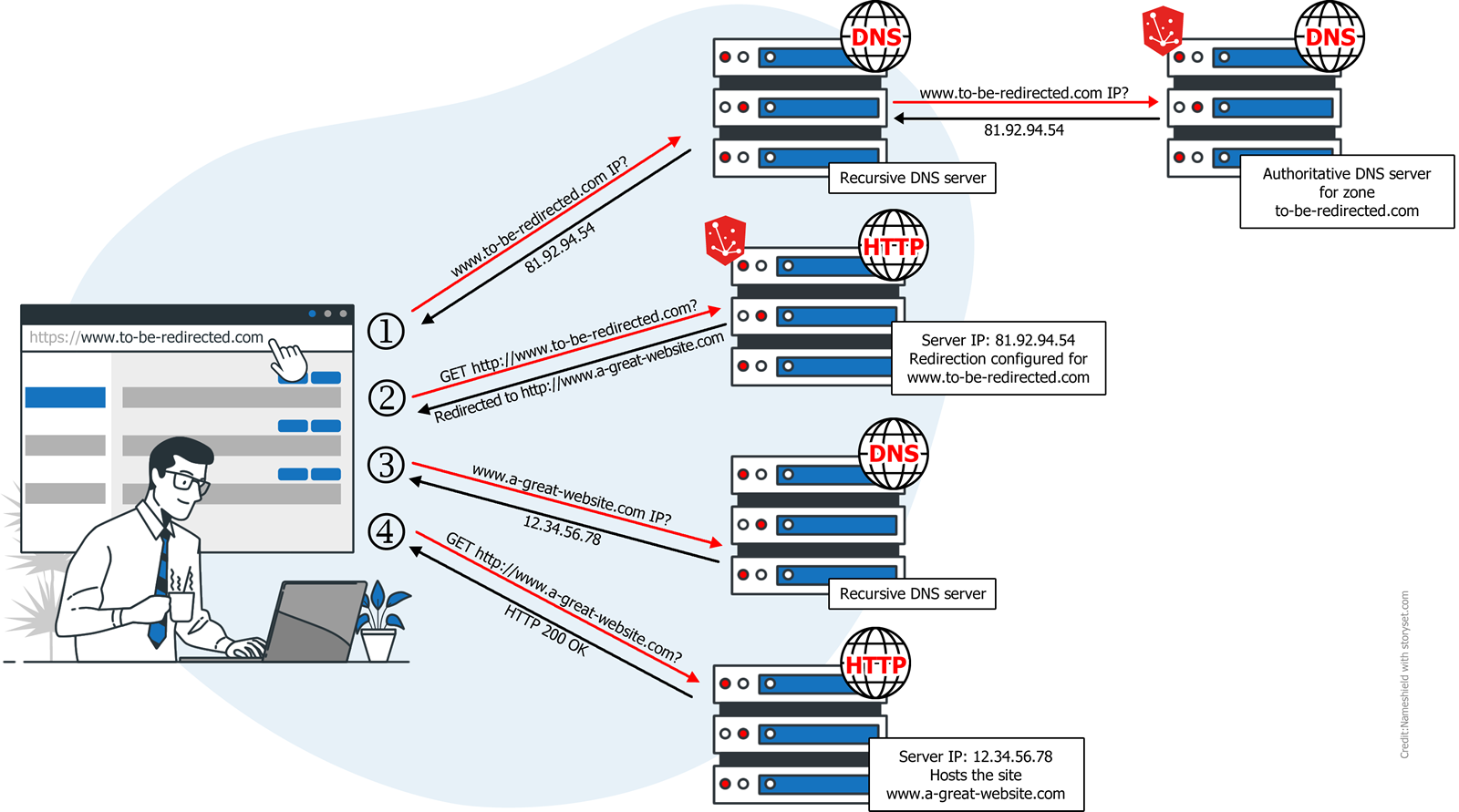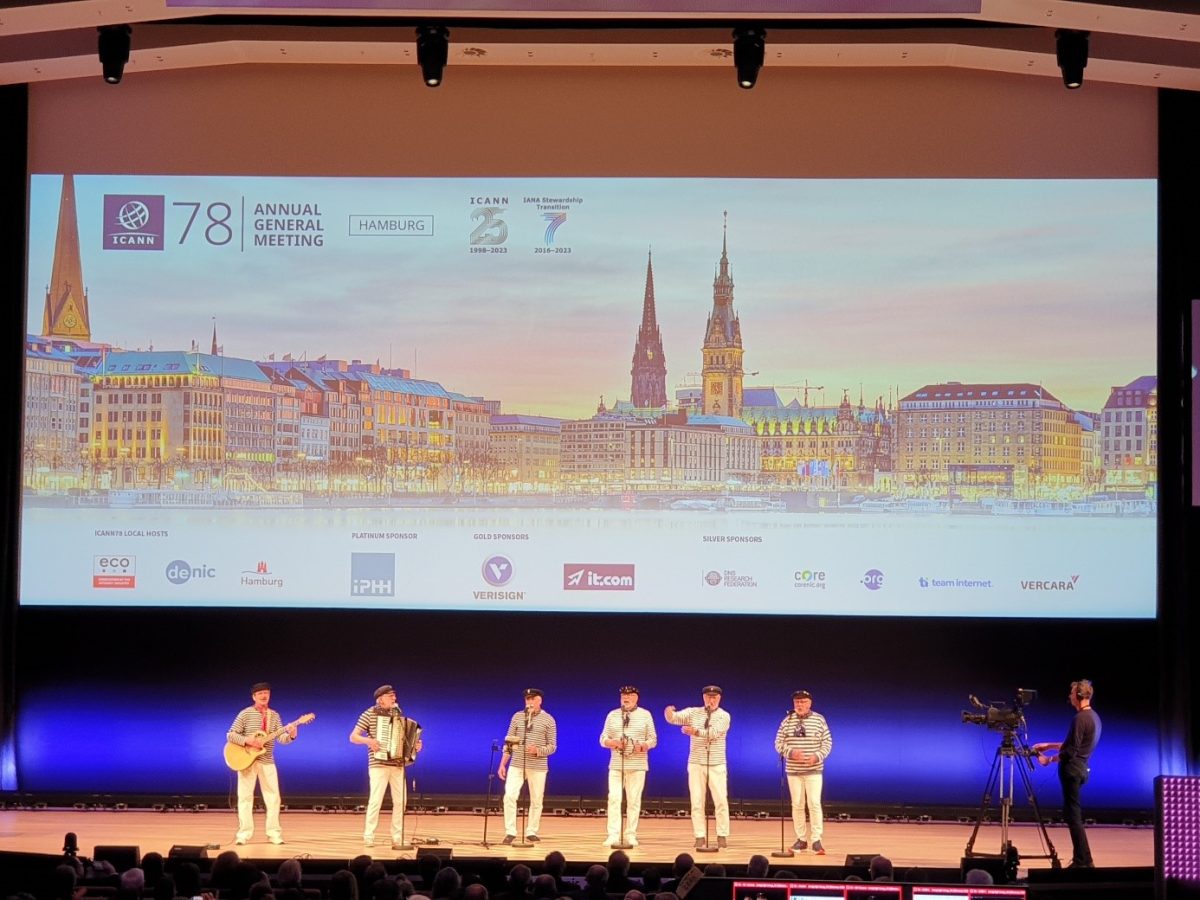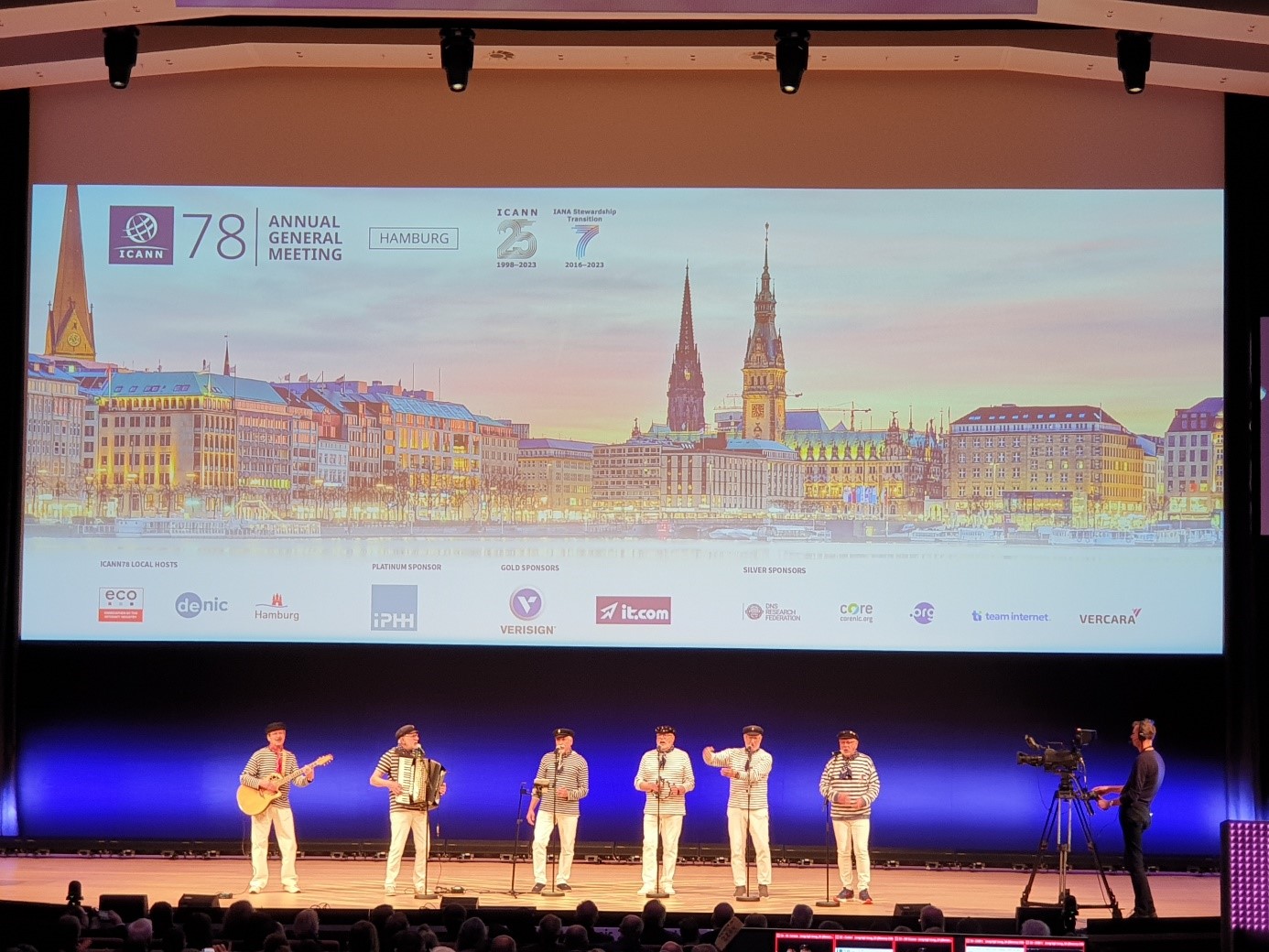
After ICANN29 in 2007 and ICANN61 in 2018, Puerto Rico hosted its third Internet Governance Summit, ICANN79, at the beginning of March. Six days of meetings, exchanges and encounters in a studious atmosphere, with ongoing issues moving forward. The star topic: the next round of new generic extensions. Other major subjects, such as the NIS2 European cybersecurity directive and the appointment of a new President for the organisation, were discussed on the sidelines.

The next round of new generic extensions, a priority topic
On Saturday 2 March, the launch day of ICANN79, a session was held on the implementation of the recommendations from the Subpro policy development process (PDP), which aims to enable the launch of the next series of new generic Top level domains. This constituted an initial focus on this central issue, which is now bound to come to a conclusion as the next application window has been set for April 2026.
At this first session, attention was focused on the recommendations that the ICANN Board had not adopted as part of a resolution on the PDP passed in March 2023. At the previous summit (ICANN78), 14 recommendations remained outstanding, 6 were rejected. The body responsible for generic policies, the GNSO (Generic Naming Supporting Organization), which has got into the habit of creating small teams to work on blocking issues, has invited a small team to address these recommendations. At the same time, an implementation team is working on other recommendations approved by the ICANN Board and on the new version of the Applicant guide book. This central document for future applications is currently being written. Its finalised version should be available by the end of next year at the latest. At the end of ICANN79’s week of debates, it was clear that the work carried out during the many sessions on the next round had been fruitful. The Small Team found a compromise on the recommendations not approved by the ICANN Board and was even able to avoid a meeting scheduled in the summit agenda.
At least twelve ongoing topics
A GNSO session on Sunday provided an inventory of the policy development processes underway and those still being studied, such as the accuracy of registration data. The list includes at least twelve topics, some of which are blocked and where, due to the length of the process, the history is sometimes difficult to find for current GNSO members. This is the case for the protection of the names of inter- and non-inter-governmental organizations. Examples include the International Olympic Committee (IOC) and the Red Cross. In 2012, a PDP was launched to study the question of specific protection for the names of these bodies, bearing in mind that the contracts of the registry operators of the new generic extensions resulting from the 2012 round require them to be blocked from registration. At the beginning of 2019, the ICANN Board adopted the final recommendations of an extended PDP, which should enable them to be implemented. However, the body representing governments, the GAC, considered that not all the issues had been addressed, in particular that of specific protection for the acronyms of these organizations. This issue is still open today, and the recommendations have not yet been implemented.
Three women honoured at the Opening Ceremony
Monday marked the official launch of the summit, with the much-anticipated opening ceremony, which always takes place on a Monday morning. Tripti Sinha, Chair of the ICANN Board of Directors, recalled that the previous ICANN summit in San Juan took place “just after the devastating hurricane Maria”. She also referred to 2023, a year in which Sally Costerton took on the role of interim President of ICANN and in which ICANN celebrated its 25th anniversary in Hamburg. On the appointment of a new President for ICANN, participants were informed that the process is underway after listening to stakeholders in 2023. A group of candidates has emerged and will now lead to the selection of the future ICANN President and CEO. For her part, Sally Costerton repeatedly used the expression “superpower” to refer to ICANN’s mission to maintain a single global Internet. A difficult mission in a shifting geopolitical and technological context. But perhaps the most striking moment of the summit was the image of a third woman, Manal Ismail, who joined Tripti Sinha and Sally Costerton at the opening ceremony. Manal Ismail, who played an important role in the IANA transition and as chair of the GAC for more than five years, was honoured with the ICANN Community Excellence Award 2024.
Decisive milestones reached in 2023 which will materialize over the next three years
To the credit of ICANN’s current president, it must be said that many issues have moved forward under her leadership in 2023. If 2024 marks the entry into force of new obligations for registries and registrars on malicious uses, this is indeed the fruit of the work carried out last year. This central issue for Internet users had given rise to years of fruitless debates. The next round of new generic TLDs has made significant progress, with the adoption of recommendations and a roadmap towards a new application window now set for April 2026. We can add the Registration Data Policy, which will replace the Temporary Specification resulting from the GDPR (General Data Protection Regulation) by 2025. A related issue is the future Standardized System for Access to registration Data, which has entered an experimental phase in an attempt to reconcile protection with the need to respond to real needs for access to registration data. The inclusive Internet is entitled to a dedicated international day following the launch of the first UA Day (Universal Acceptance Day) in 2023. Finally, “ICANN grant”, a programme aimed at financially supporting projects to unify and make the Internet more inclusive, has also been launched. It is based on the substantial amounts raised by the 2012 auctions of new generic extensions. An envelope of USD 10 million will be allocated at the end of March.
We’re not winning on all fronts
While progress has been made on a number of fronts, there has been little progress on others. This is the case with a new holistic review of ICANN and the review of the organisation’s Accountability and Transparency. These reviews are necessary to bring about improvements in security and consumer choice, in the services associated with domain name registration databases, and in the security, stability and resilience of the DNS. This important subject is impacted by the many projects currently underway, and ICANN has also embarked on a continuous improvement project that could replace these processes.
As far as the European directive on NIS2 cybersecurity is concerned, the main point to note is that the contracting parties and the ICANN Board of Directors have emphasised that this legislation does not conflict with the ICANN policies in place. For the Board, which has indicated that it is working with the European Commission on this subject, there are, however, issues such as data accuracy that need to be considered.
While ICANN79 was not the subject of any noteworthy announcements, the main thing to remember is the studious atmosphere after a pivotal year in which many subjects passed decisive milestones towards their implementation. This is the case for the next series of new generic extensions, the previous one having been introduced twelve years ago. If a form of agility seems to have won over ICANN under the leadership of Sally Costerton and Tripti Sinha, this approach is also that of Nameshield, which adapts to your needs to provide you with tailor-made answers on the new TLD projects and many others.
Image source: ICANN‘s website

